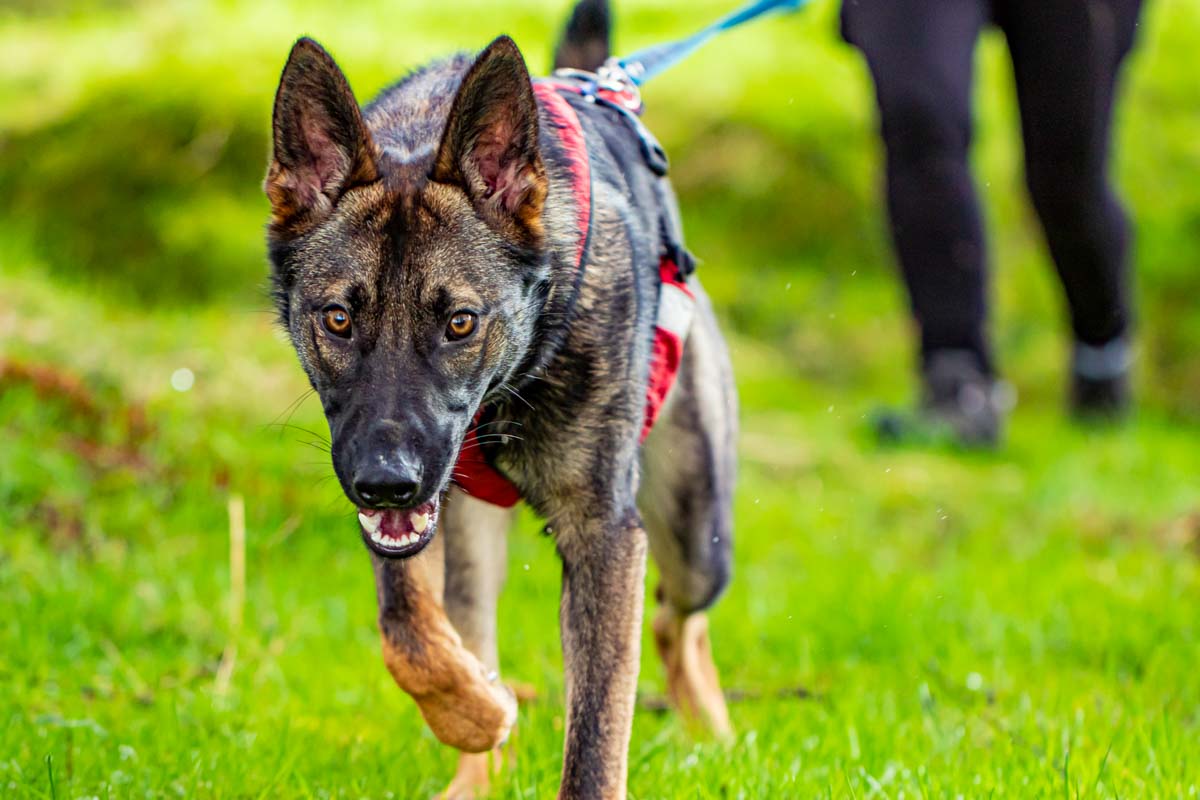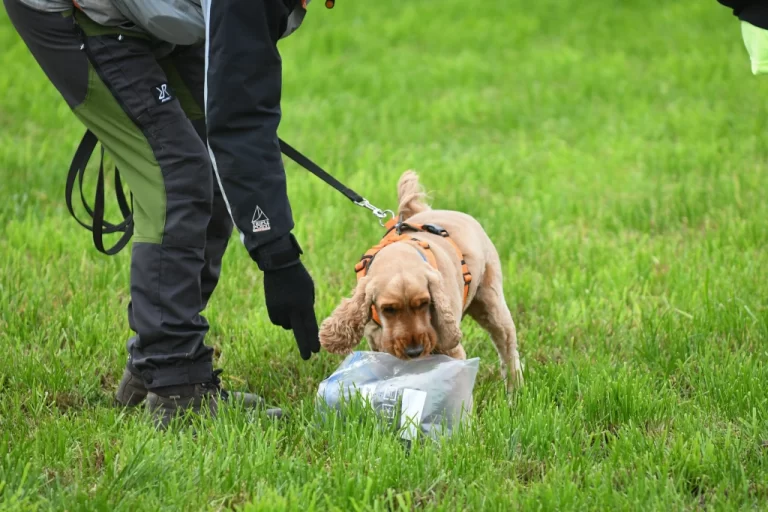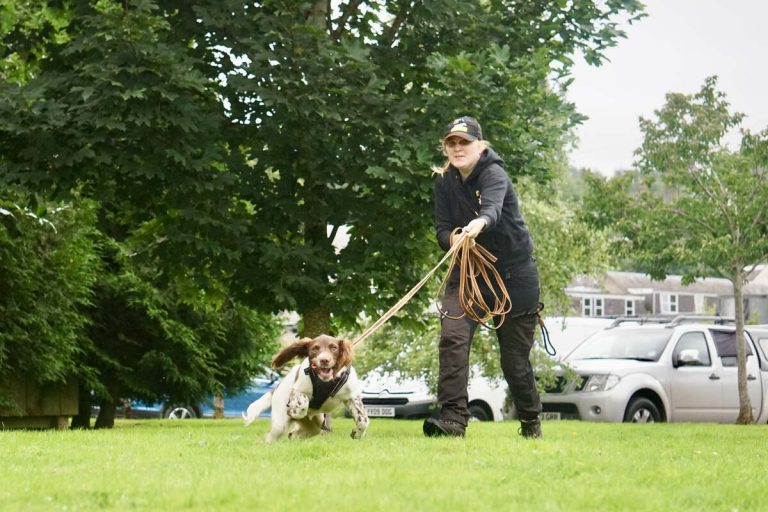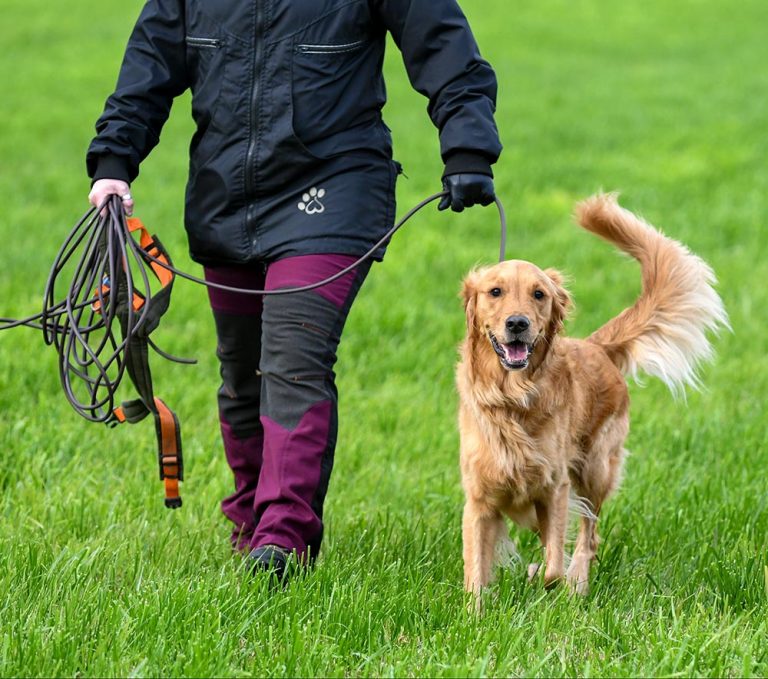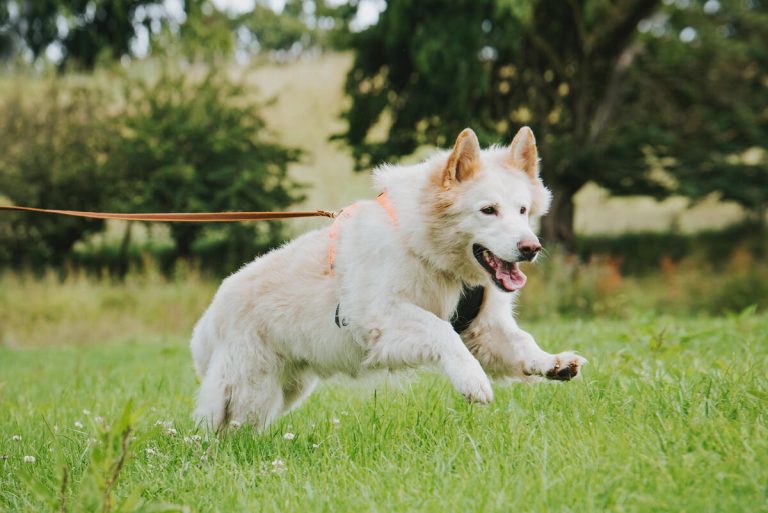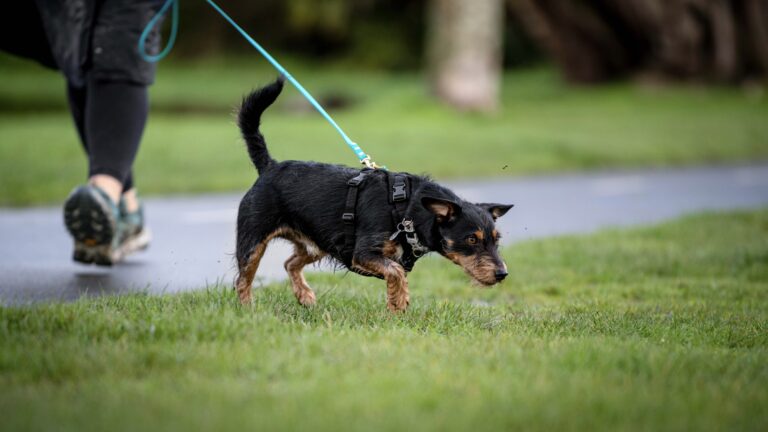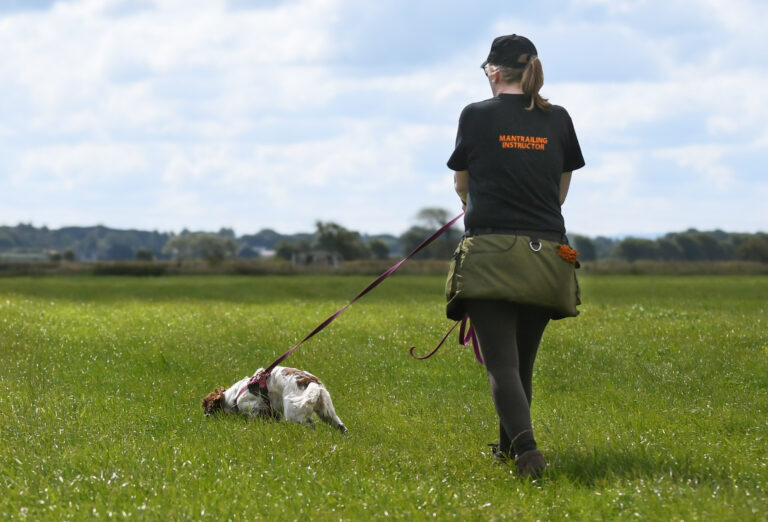Mantrailing Reactive Dogs
Can Reactive Dogs do Mantrailing?
Yes they can!
It is a on lead only sport, which dogs are worked individually away from each other.
Gone is the stress of the queue of agility or the barking of flyball, or the proximity of competitive obedience. The dogs are free to work in a space that can be controlled and help them regular their reactivity.
You can know you’re in safe hands with Kathryn at Trailing K9s, as she has spent a decade retraining reactive dogs, and owns several of her own currently in retraining.
Reactive Dog Mantrailing
Owning a reactive dog can be tough, and finding a constructive outlet that doesn’t increase their arousal levels can be hard.
Often dog sports build up frustration and increase the likelihood of the dog having an outburst which can include barking, lunging, mouthing, spinning or even biting through sheer frustration.
Reactive behaviour is usually fuelled by three sources – frustration, fear and confusion.
- Frustrated they can’t do what they want to do.
- Fearful of the thing they are approaching, or dealing with.
- Confused about what they are supposed to do, as well as how to react.
These things fuel the fire of reactivity and can be hard to extinguish, for some dogs it is so burned into them it is a long road to calm.
Being the owner of a reactive dog is isolating as you don’t get the social aspect being a dog owners brings. Often you are looked down upon by the “my dogs friendly” brigade for just walking your dog. It can be upsetting and frustrating for you.
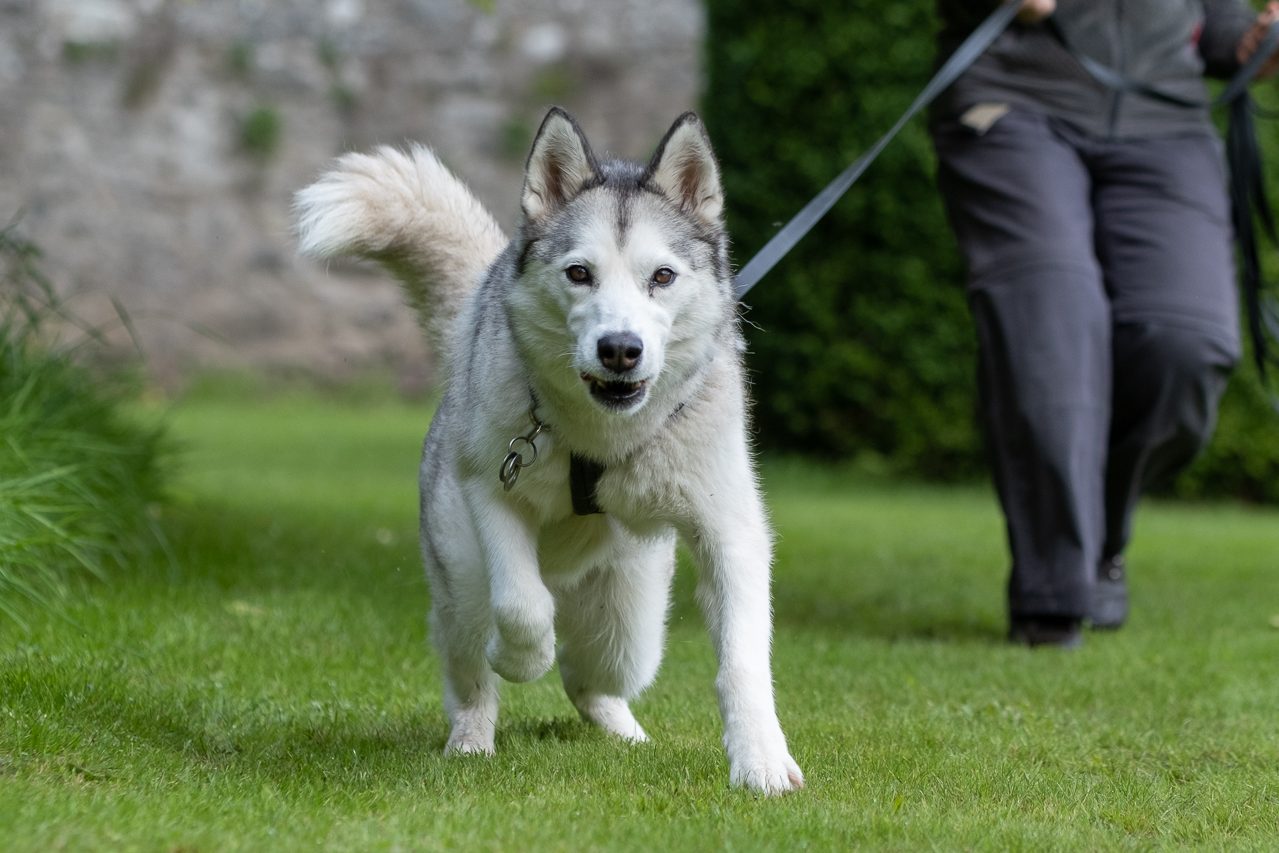
How can Mantrailing Help my Reactive Dog?
Well mantrailing helps reactive dogs alongside a training plan as it is:
- Individual to the dog, each training session the dog is able to work individually and at its own pace.
- The reward is at the end of the achievement. Allowing a dog to make its own choices helps empower them, therefore building their confidence.
You can use food or toys, and work with what really motivates your dog. - It is on lead at all times, so the dog is safe and working alongside the owner.
- Sniffing helps dogs de-stress through reducing their cortisol levels.
- It is a natural thing for them do, finding things using their nose is natural for dogs.
- People don’t touch them. While they might be finding someone it is a hands off sport and the person at the end is the treat dispenser.
Dopamine is the addiction hormone, and when dogs are doing things which they find rewarding such as sniffing, they will want to do it more to feel good. We tap into this hormone through the repetition of mantrailing.
Through teaching a dog to find someone they will begin to associate that action with good feelings, and when they feel happier they are more tolerant to things such as dogs in their visual field or people moving around.
When we are focused on one task such as reading, the background fades away and we focus on the good thing we are doing. We might not notice the music or someone talking, we may even begin to find they are part of the happiness of reading. Dogs will do the same thing with their mantrailing, they will begin to feel the other things don’t matter or are even part of the fun, which seeps into their normal world.
Behaviour modification always involves creating positive impacts where there was none. Mantrailing allows the dogs to not only overcome their fears, as we add in distractions over time. But it also allows the owners to realise their dogs aren’t the “failures” or “problem dogs” that their labelled with, often by members of the public. Removing that judgement can allow the owners to look at their dogs with a fresh eye.
Giving the hard working owners a place to train with others, and see their dogs succeed makes a big impact on their optimism as well as the dogs. Plus the social aspect of training with others can help fill a void, especially during these crazy times.
Mantrailing helps with building a tolerance to frustration. Part of the starting ritual builds in frustration, and teaches the dogs to deal with the frustration of anticipation of the game. This same frustration can enter every day life with reactivity, and teaching the dogs to deal with it in a non stressful way will have a big impact on the training in the real world.
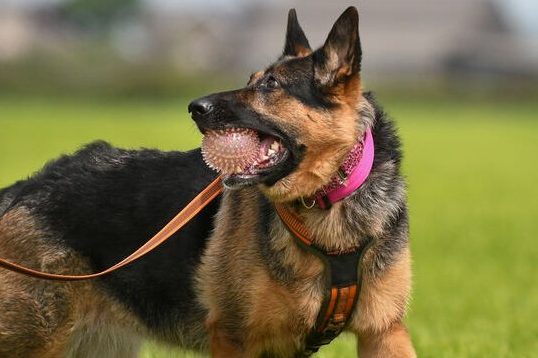
How to get started
We start each dog off finding their hidden person by tapping into their natural want to hunt prey, and consume food. Some dogs trail for a person with a ball, but mainly they do it for food. The reason food is preferred as it fulfils the natural end of the hunt which would be to eat the prey.
The trail layer, also known as the “misper” or hider goes off to a specific hiding spot with the food, leaving behind something which smells of them.
The beginnings of Mantrailing are easy for all dogs to pick up as it taps into the natural prey drive they have and super ability to sniff. Once the dog understands the game we build the complexity through age, length, location and distractions.
The way we start and end the trail creates predictability for the dog, this helps with the anticipation of something good happening. They know how the game works, and know they will get a specific reward.
When dogs are following scents they are focused on the task, and other normal distractions just aren’t in the forefront of their mind. It’s the same as when they run off after a rabbit, they go deaf as they are so focused on the game at hand. Their sense of smell is taking over the brain and they forget about everything else.
I highly suggest that if you have a reactive dog that you look into mantrailing. It can help provide a a much needed outlet for your dog, as well as a win for us as owners.
Get in touch today via email to get your mantrailing journey started with an Introduction to Mantrailing session.

